Welcome to the wonderful world of reptiles! These fascinating creatures have been roaming our planet a lot longer than humans, and if you’re anything like me, you’ll be fascinated by the way they function.
Reptiles have a unique array of adaptations that allow them to survive in some of the harshest environments on Earth. But did you know that some of these adaptations are also responsible for some pretty wild stories?
Take the Chameleon, for example. Known for its ability to change color depending on its mood and environment, this little reptile also possesses an incredibly long tongue, capable of shooting out at lightning speed to catch unsuspecting prey. It’s a bit like the ultimate smackdown – the insect never even sees it coming.
Then there’s the strange but powerful Gila Monster. This slow-moving lizard has a venomous bite, making it one of the few venomous lizards in the world. But don’t run for the hills just yet, as its bite is not lethal to humans. In fact, it’s said that the venom can actually relieve certain types of neurological pain – who knew?
And we can’t forget about the sea turtles, known for their epic migrations across the oceans. These resilient reptiles are able to navigate hundreds of miles of treacherous waters with nothing but their instincts and a magnetic sense of direction.
So, whether you’re new to the world of reptiles or an experienced herpetologist, join me as we take a closer look at these incredible creatures and how they function in the wild. It’s bound to be an adventure you won’t forget!
Overview of reptile physiology
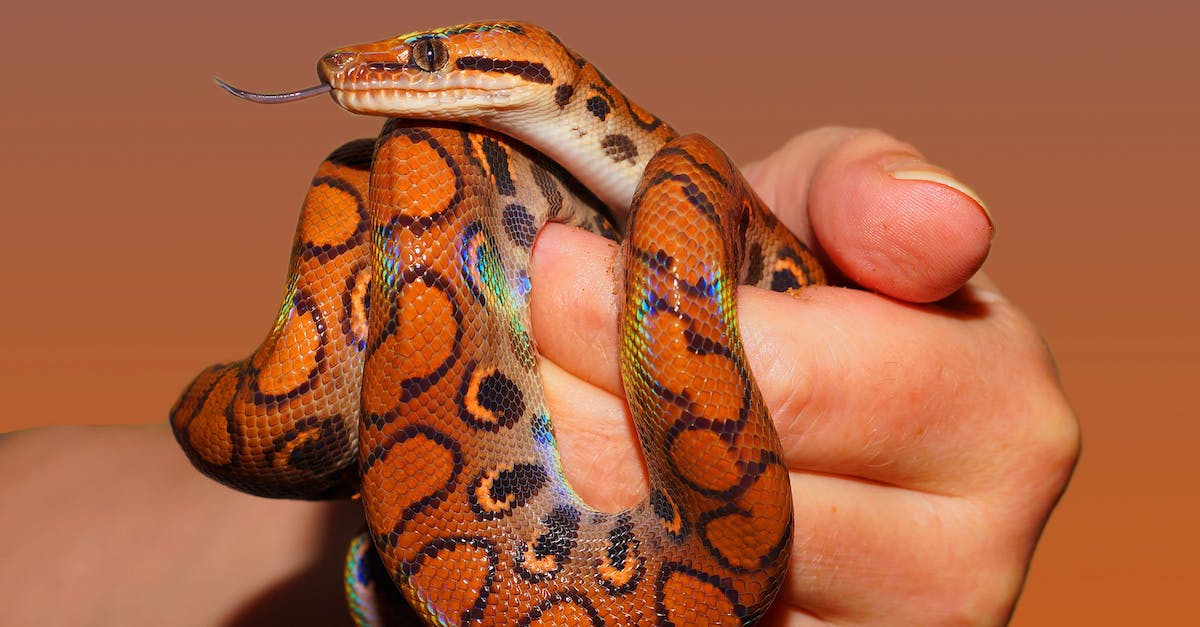
As we explore the world of reptiles, it is important to understand how these ancient creatures function. Reptiles are primarily cold-blooded, or ectothermic, which means their body temperature is dependent on the environment around them. This has significant implications for their physiology, behavior, and survival.
Reptiles have a unique set of adaptations to suit their cold-blooded lifestyle. Their low metabolic rate allows them to conserve energy, but also means they require less food than warm-blooded animals. Reptiles also have the ability to regulate their body temperature through external means, such as basking in sunlight or seeking shade.
-

Beaded Dragon Fan Exclusive: ‘Original Hipster’ T-Shirt – Wear Your Unique Style with Pride – Unisex t-shirt
£13.00 – £20.50 Select options This product has multiple variants. The options may be chosen on the product page -

Chinese Water Dragon Aquatic Mastery Tee: Dive into Elegance with Our Exclusive Reptile Enthusiast Shirt – Unisex t-shirt
£13.00 – £20.50 Select options This product has multiple variants. The options may be chosen on the product page
One key adaptation of reptiles is their scaly, waterproof skin. This helps to prevent dehydration and protect them from predators. Their skin is also important for regulating water balance and gas exchange. Reptiles breathe through their lungs, but also absorb oxygen through their skin, especially when underwater.
Another important feature of reptiles is their strong muscles and skeletal structure. These allow for efficient movement, rapid bursts of speed, and powerful strikes or bites. Many reptiles have specialized adaptations for hunting or defense, such as venomous fangs, sharp claws, or camouflaging skin.
Overall, reptiles are a diverse and fascinating group of animals with unique adaptations and survival strategies. Understanding their physiology is crucial for appreciating their role in ecosystems and for conservation efforts.
Respiration
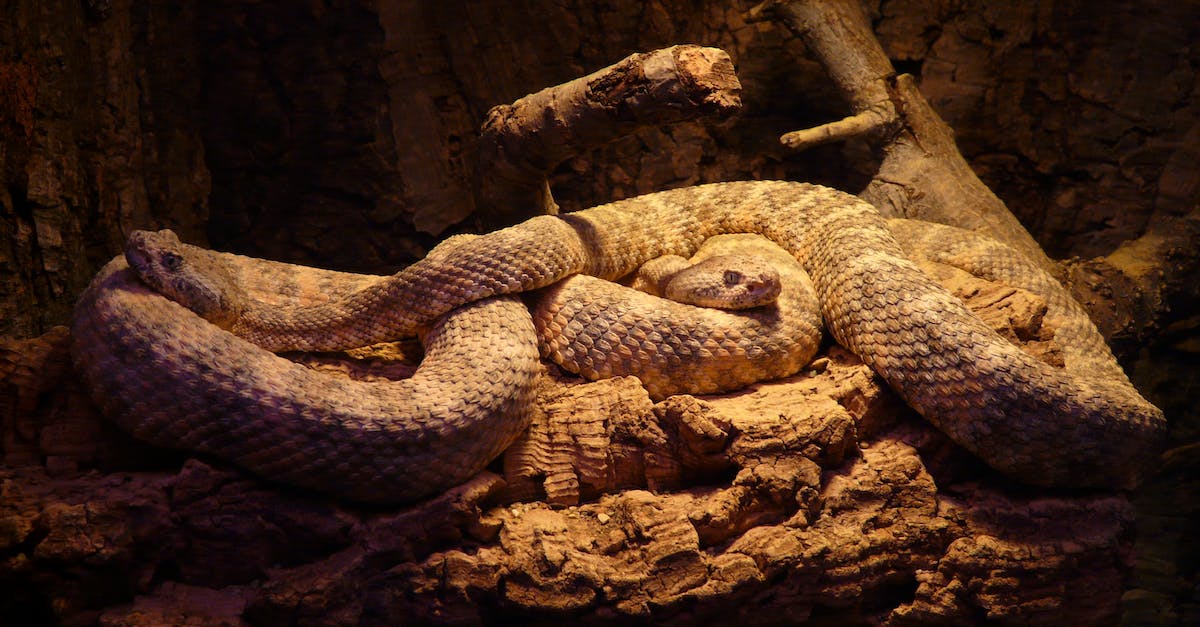
Respiration is a crucial process for reptiles, as it allows them to take in oxygen and release carbon dioxide. Unlike mammals, reptiles do not have a diaphragm to help them breathe. Instead, they rely on their ribcage to expand and contract, which draws air into their lungs.
One of the key adaptations that reptiles have developed for respiration is a more efficient respiratory system. Reptiles have a higher respiratory rate than mammals, which allows them to take in more oxygen with each breath. Additionally, their lungs have a unique structure that allows them to hold more air and exchange gases more effectively.
Some reptiles, such as turtles and tortoises, have adaptations that allow them to breathe while submerged in water. Turtles, for example, have a cloaca that can extract oxygen from water, while tortoises are able to hold their breath for extended periods of time.
Another unique adaptation of reptiles is their ability to use their skin for respiration. This is particularly true for reptiles that live in arid environments, where water is scarce. By breathing through their skin, these species are able to minimize water loss through respiration.
Overall, reptiles have developed several adaptations to thrive in their environments, including a more efficient respiratory system and the ability to breathe through their skin. These adaptations have allowed reptiles to survive and thrive in a wide range of habitats, from deserts to rainforests, and even under water.
Circulation
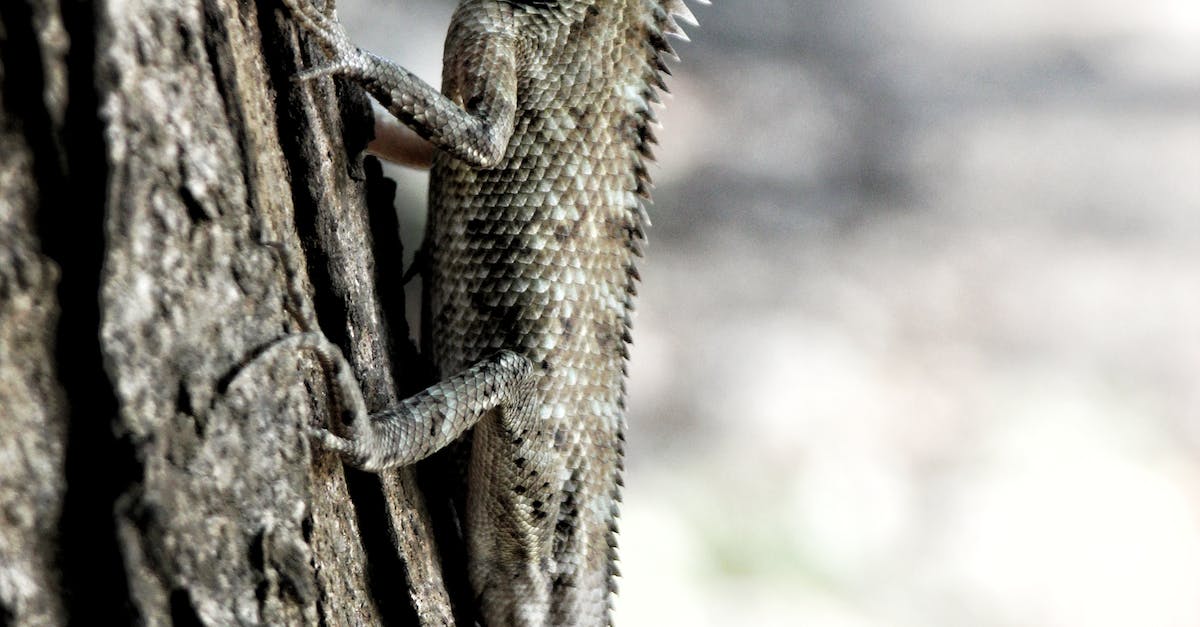
As we explore the world of reptiles, one of the key aspects to understand is their circulation system. Unlike mammals, reptiles have a three-chambered heart that helps circulate blood throughout the body. Let’s take a closer look at how this system functions.
1. Heart anatomy: The reptilian heart has three chambers: two atria and one ventricle. The atria receive blood from the body and lungs, while the ventricle pumps blood out to the rest of the body. This three-chambered heart sets reptiles apart from mammals, which have four chambers.
2. Circulation: Reptile circulation is less efficient than mammalian circulation because oxygenated and deoxygenated blood mix in the ventricle before pumping out to the body. This means that reptiles do not have as much oxygen available for their tissues compared to mammals with four-chambered hearts.
3. Strategies for efficiency: To make up for this less efficient circulation, reptiles have evolved a few strategies. One is to increase the number of red blood cells, which carry oxygen, in their blood. Another is to reduce their metabolic rate so that they require less oxygen overall. Finally, reptiles can also use their environment to help regulate their body temperature, which can further reduce their need for oxygen.
While reptiles may have a less efficient circulation system compared to mammals, they have adapted strategies to make the most of the system they have. As we continue to explore the world of reptiles, we’ll discover even more fascinating adaptations and characteristics that make these creatures unique.
Digestion
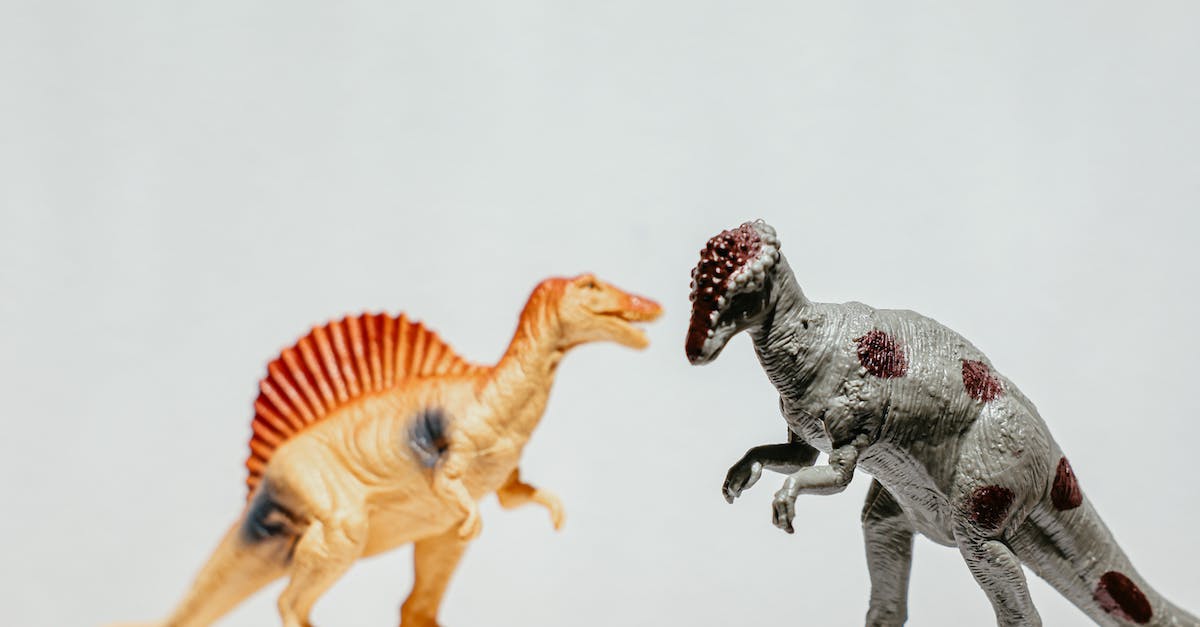
When it comes to digestion, reptiles have some unique adaptations that allow them to process their food in a way that can be quite different from mammals and birds.
One such adaptation is their ability to slow down their metabolism. Unlike many other animals that need to maintain a constant body temperature, reptiles are ectothermic, meaning that their body temperature is regulated by their environment. This allows them to conserve energy by slowing down their metabolic rate, which in turn may slow down digestion as well.
Another adaptation is their specialized teeth, which are designed to grab and hold onto prey. Snakes, for example, have curved teeth that help them to swallow their prey whole, while other reptiles like lizards and crocodiles have sharp, pointed teeth for ripping and tearing. Some reptiles also have serrated teeth that help them to break apart tough prey.
Reptiles also have unique digestive systems, which can vary depending on their diet. Many herbivorous reptiles, like iguanas and tortoises, have long, complex guts that are capable of breaking down tough plant material. Carnivorous reptiles, on the other hand, tend to have shorter digestive tracts that allow for quick digestion of protein-rich meals.
Lastly, many reptiles have the ability to regurgitate their food if necessary. This can be a useful adaptation if they need to quickly rid themselves of a toxic or inedible prey item, or if they are threatened while eating.
In conclusion, reptiles have a number of fascinating adaptations when it comes to digestion, including their ability to slow down their metabolism, their specialized teeth, their unique digestive systems, and their capacity to regurgitate food if needed.
Excretion
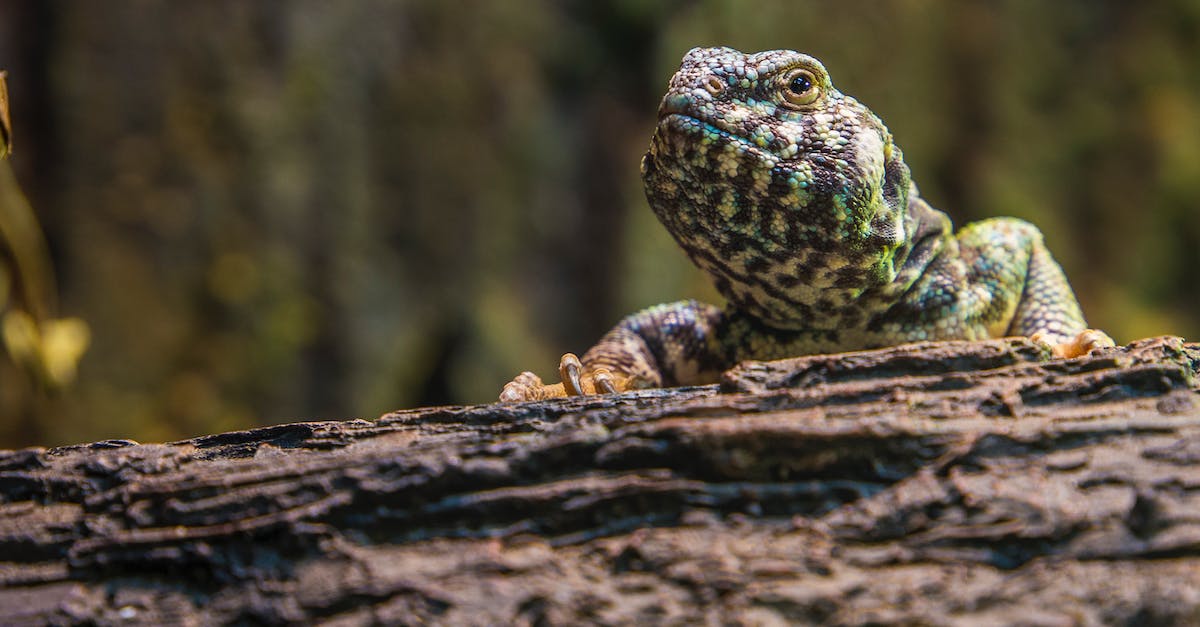
Reptiles are fascinating creatures, and their unique physiology enables them to survive in a variety of environments. One of the essential functions of the reptilian body is excretion, or the disposal of waste products.
Reptiles are ectothermic, which means they rely on the environment to regulate their body temperature. Due to this, they have a slower metabolism than endothermic animals like mammals and birds, and produce waste at a slower rate. Despite this, they still need to eliminate waste to maintain their health and well-being.
Reptiles eliminate waste through various methods.
- Urination: Reptiles produce urine to remove excess water and excess salts from their system. In aquatic species like turtles and crocodiles, it is often diluted in the water, while in terrestrial species like snakes and lizards, it is expelled as a yellow or white mass.
- Defecation: Reptiles also excrete solid waste through their cloaca, a common opening for defecation, urination, and reproduction.
- Salt Glands: Some reptiles, like marine iguanas, sea turtles, and saltwater crocodiles, have specialized salt glands that help them remove excess salt from their bodies. These glands are located near the eyes or nostrils, and the animals excrete the excess salt through their nose or mouth.
- Residual Waste: Reptiles also produce a minimal amount of residual waste, which contains unused wastewater and undigested food materials. This waste is removed through sweating and shedding skin.
In conclusion, reptiles have an efficient excretory system that enables them to function despite their slower metabolism. It is fascinating to study the different methods used by reptiles to eliminate waste and maintain their health in different environments.
Adaptations for survival in different environments
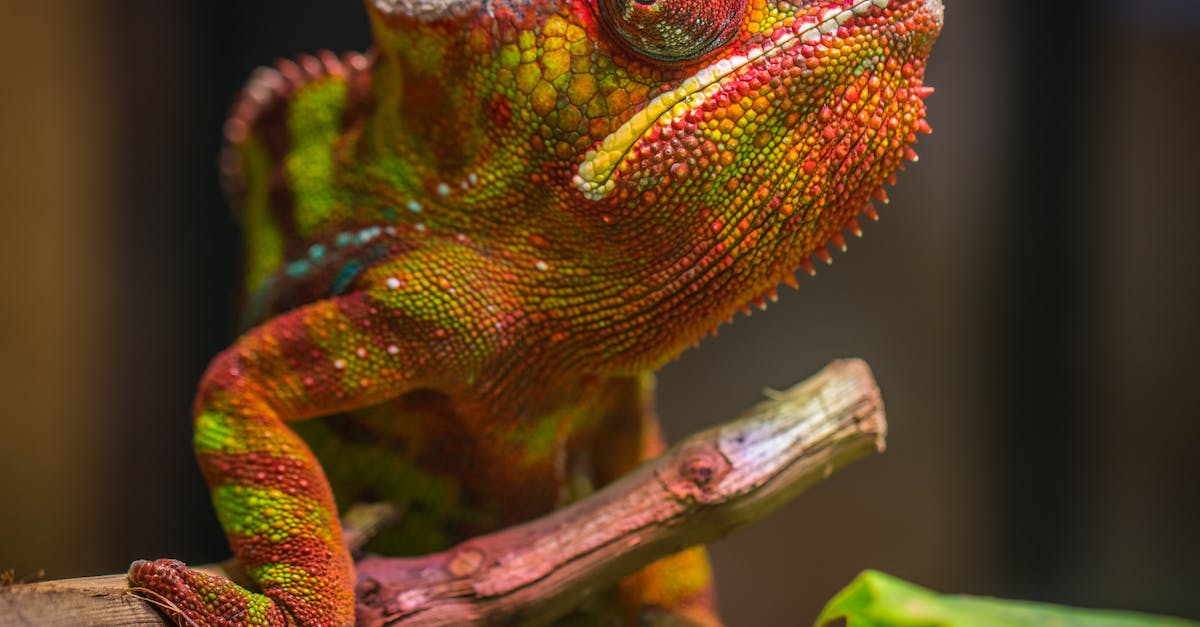
As we look at the world of reptiles, we see a diverse group of animals that have adapted to survive in a variety of environments. From the deserts to the rainforests, reptiles have evolved unique features and characteristics to thrive in their surroundings.
1. Temperature Regulation: Reptiles are ectothermic, which means they cannot regulate their body temperature internally. To survive in different environments, reptiles have developed various ways to regulate their body temperature externally. For instance, some reptiles, like the desert iguana, have the ability to raise their body temperature by basking in the sun or seeking shade to cool down.
2. Camouflage: Camouflage is a common adaptation in reptiles. Reptiles like the chameleon possess the ability to change their skin color to blend in with their surroundings. Other reptiles, like some snakes, have patterns on their skin that match the environment they inhabit.
3. Efficient Digestive System: Reptiles living in harsh environments, such as those in the desert, often have efficient digestive systems. They are able to extract more nutrients from their food and can even store water in their digestive system for a later time.
4. Defense Mechanisms: Reptiles have various defense mechanisms to protect themselves from predators. For instance, some lizards can detach their tails to escape danger, while other reptiles, like the spiny-tailed iguana, have sharp spines on their tails to defend themselves.
5. Adaptable Limbs: Reptile’s limbs can be modified to suit their environment. For example, snakes have adapted to living on the ground or in trees. Tree-dwelling snakes have prehensile tails to help them grip tree branches, while ground-dwelling snakes have short, stubby legs to help them crawl through the sand.
6. Water Conservation: Reptiles living in arid environments must conserve water to survive. Some reptiles, like the desert tortoise, can survive for months without drinking water by extracting moisture from their food. Other reptiles, like the Gila monster, store water in their bladder for when they need it.
In conclusion, reptiles have a unique set of adaptations that enable them to live in different environments. These adaptations allow them to adjust to their surroundings and survive in some of the harshest conditions on the planet.
Conclusion
Well folks, there you have it! The incredible world of reptiles! These remarkable creatures may have scaly skin and a cold-blooded demeanor, but they are full of surprises and fascinating adaptations. From the clever chameleon’s color-changing ability to the crocodile’s powerful jaws, these reptiles have truly unique ways of functioning in the wild.
And let’s not forget about their more quirky habits, like the snake’s ability to unhinge its jaw or the lizard’s amusing head-bobbing mating dance. And who could forget the turtle’s remarkably long lifespan or the gecko’s freakishly sticky toes?
It’s clear to see that reptiles are an integral part of our natural world, and we’re lucky to be able to witness their incredible feats of survival and adaptation. So next time you come across a scaly friend soaking up the sun, remember to appreciate the incredible and sometimes bizarre ways in which these reptiles function. As the great David Attenborough once said, “It is not just a species that we must preserve, but a way of life.”

